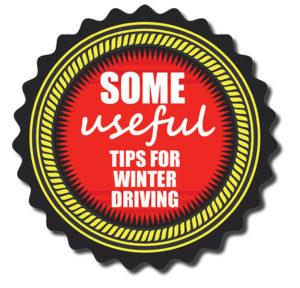 Winter driving- get your vehicle winter ready. We take a look at the right preparation and techniques for driving in harsh winter conditions.
Winter driving- get your vehicle winter ready. We take a look at the right preparation and techniques for driving in harsh winter conditions.
Batteries and Electrics
Car batteries usually have a 5 year life, and there are extra demands on them in the cold, as we stat to use our heaters, wipers and lights much more. Some useful tips:
- Turn off electrical loads like lights, heated rear window and wipers before trying to start the engine.
- Use the starter in short five-second bursts.
- If the engine doesn’t start quickly, wait 30 seconds between attempts.
Anti-Freeze
Antifreeze is inexpensive, but a cracked engine is not. In cold winter temperatures you might need a 50-50 mix of antifreeze and water. This can protect your engine down to temperature of -34C. Make sure you choose the right anti freeze for your vehicle, perhaps add it at your very next service.
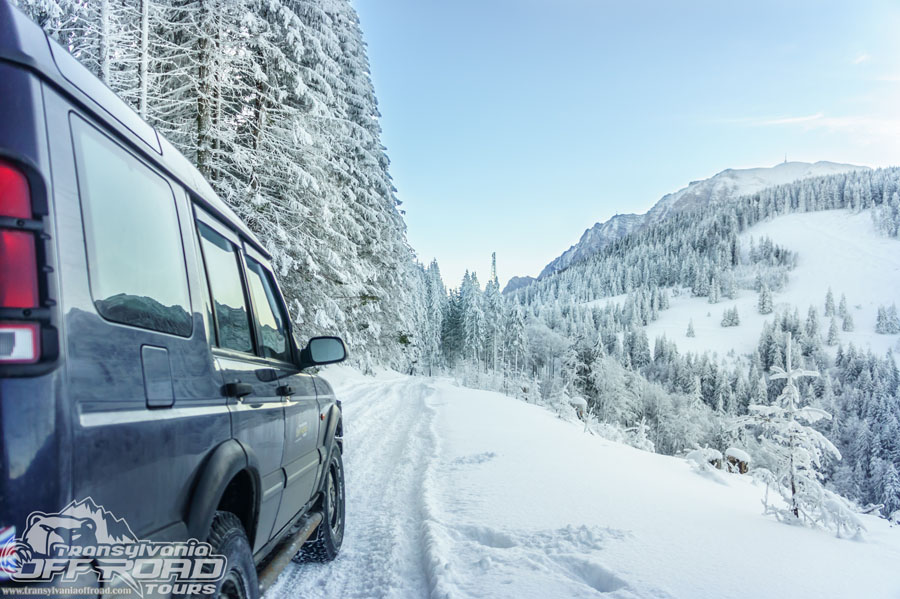
Frozen Fluids
If you hear a squealing noise when you start up, it most likely means that your water pump is frozen and causing the fan belt to slip on its pulley. Turn off the engine immediately and let it thaw out. If your vehicle starts to overheat early in your journey, this is a sign that the radiator is frozen, again, stop immediately and turn off the engine to avoid serious damage.
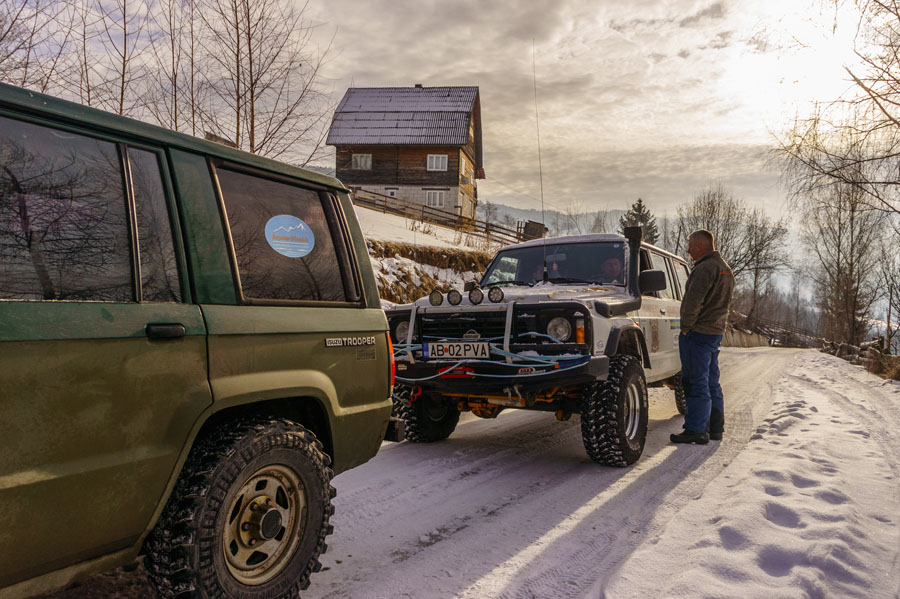
Vision
- Make sure your windows are clean on the inside and outside.
- Make sure your windscreen wipers are in good condition and replace if necessary.
- Use anti freeze additive in your screen wash.
- Before you start a journey, make sure your wipers are not frozen to your windscreen and release them if necessary.
Visibility
- Make sure all lights are working and lenses clean.
- If the roads are muddy, clean the lights after every journey.
- Clear snow from the lights as well as the body of the car.
- In heavy snow or rain use your headlights.
- Remember to turn off your headlights and fog lights when visibility improves in order not to blind other road users.
Tyres
- Tyres should have at least 3mm of tread for winter driving.
- Don’t pressure down your tyres for grip in snow, this works for mud , but not snow.
- Only use snow chains if you are sure the snow is deep enough that driving with chains won’t damage the road surface.
- If your 4WD has road tyres, consider getting winter tyres or all season tyres for a better grip in all conditions.
Driving on snow and ice
- Drive slowly, in the wet stopping distances can increase up to ten times in slippy conditions.
- If not driving a 4WD start out in second gear, gently releasing the clutch in order to avoid wheel spinning.
- Keep a constant speed and avoid changing gear when driving uphill
- Always apply your brakes very gently, use engine breaking on downhills
- If you do get stuck you can use sand ladders or TREDS to give your tyres some purchase in the snow.
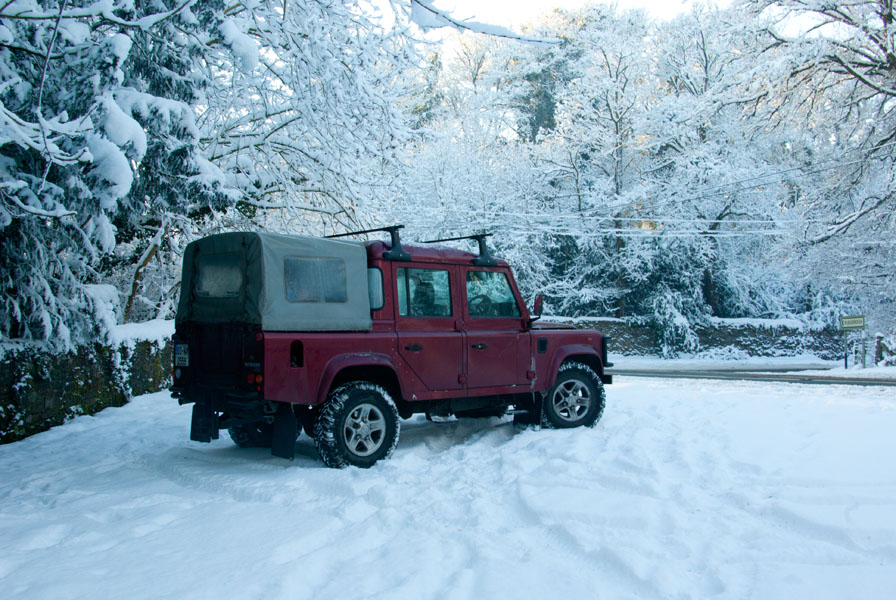
Before you set out.
- Always allow lots of extra time for journeys in poor conditions.
- Check your fuel levels and wiper and radiator fluids and condition
- Clear your windscreen completely don’t just make a clear gap to peer through
- If possible try to stick to main roads or routes that have been cleared or gritted
(Photos: Marcus Newby Taylor, Transylvania Off Road Tours)
Winter driving- get your vehicle winter ready.

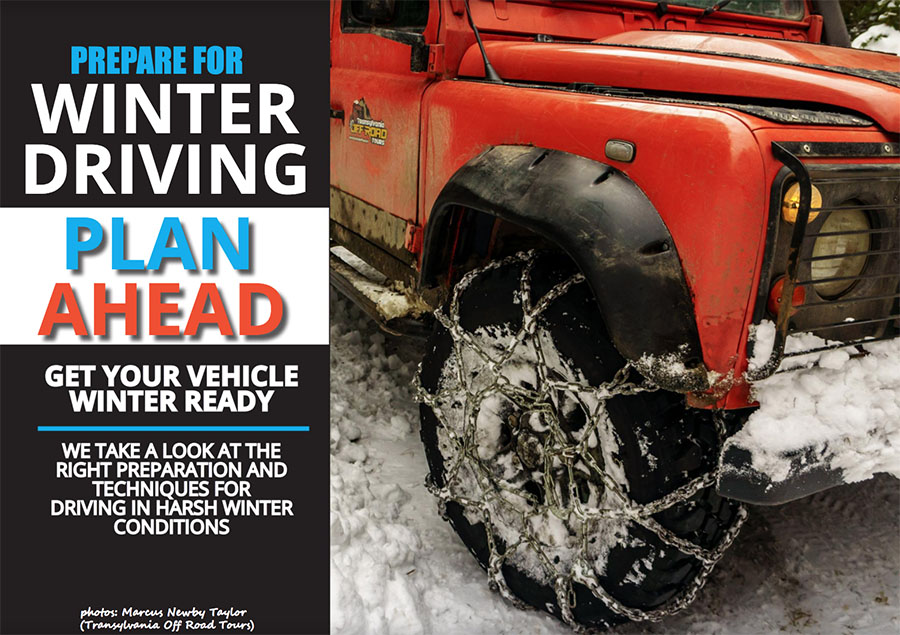
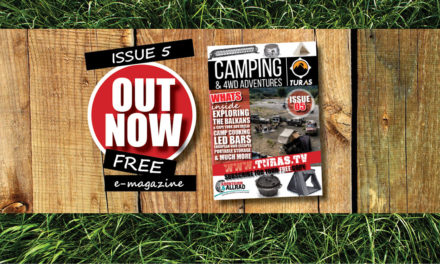

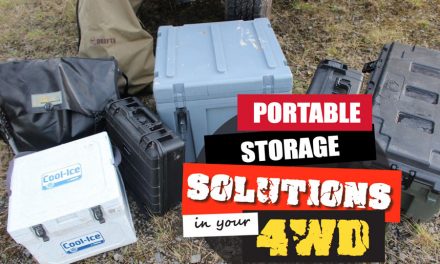
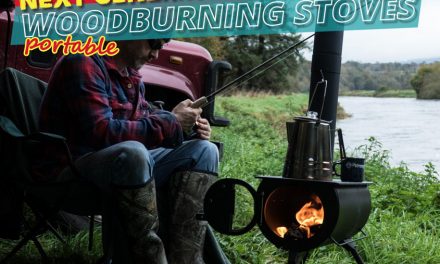
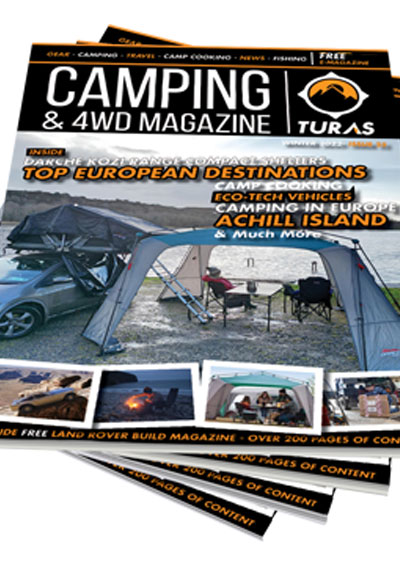

Recent Comments